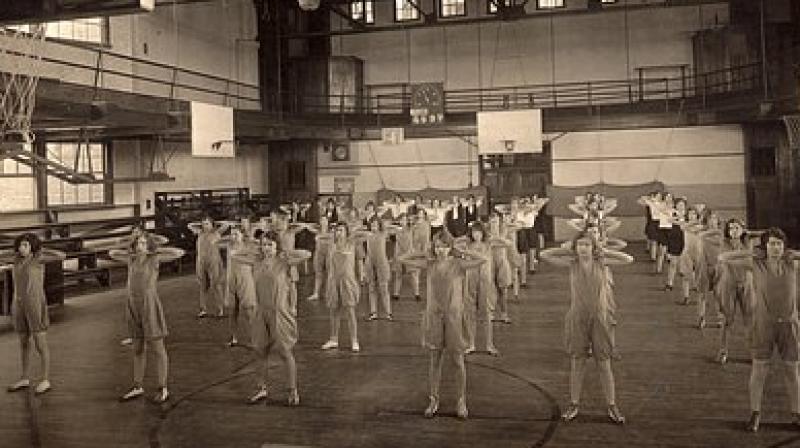Adolescents 60% more prone to concussions in PE classes than in sports: Study
Reported rates of concussions sustained in PE classes were 60 percent higher than the rates of concussions in sports.

Education and research about concussions in youth have focused on team sports, but a study from New Mexico suggests that adolescents may suffer more knock-out head blows in PE classes than in organized athletics.
“Attention has been paid to coaches receiving training on sports concussions, but education for physical education teachers has not been emphasized,” lead author Richard Campbell said in a phone interview. “We need to look at providing education to physical education teachers as well.”
Campbell is a pediatric neuropsychologist and a professor at the University of New Mexico School of Medicine in Albuquerque. He and his colleagues asked 147 middle and high school athletic directors and trainers in that state how many of their students were removed from athletics as a result of sustaining a concussion.
Reported rates of concussions sustained in PE classes were 60 percent higher than the rates of concussions in sports, according to the 99 athletic directors and trainers who responded.
During the 2013 to 2014 school year, 3.5 of every 100 students were removed from athletics because of a concussion, whereas in PE classes, 4.7 of every 100 students sustained a concussion, the researchers found.
The findings, reported in the American Journal of Public Health, surprised Dr. Matthew Eisenberg, an emergency physician at Boston Children’s Hospital who teaches pediatrics and emergency medicine at Harvard Medical School and wasn’t involved with the study.
Physical education classes generally are less intense than organized athletics, do not involve contact sports and should therefore have a lower risk of concussion, he said by email.
“Concussion prevention efforts largely focus on organized sports,” he said. “So if this finding is accurate, it would mean that these efforts have neglected an area where the risk of concussion is high.”
Eisenberg questioned whether PE students might have more incentive than student athletes competing on sports teams to report concussions even if they are not more prone to get them.
“A student in a mandatory PE class who does not want to be there may be more likely to report concussive symptoms than an athlete who is voluntarily participating in an organized sport and does not want to be taken off the field,” he said.
The study could not tease out whether students were more motivated to report concussions to avoid participating in physical education classes and less motivated to report concussions so they could remain on the field to play with their teams. Another limitation of the study is that it relies on accurate reporting about concussions by the students and the schools.
Senior author Andrew Rowland, also at the University of New Mexico School of Medicine, acknowledged that athletes tend to under-report concussions and some PE students may over-report them.
He and Campbell also believe the higher concussion rate for PE students could stem from less attention paid to preventing concussions in physical education classes as well as competitive athletes being in better shape, which can protect against concussion, than students in PE.
The study, they said, highlights the need to recognize that students can sustain concussions during PE.
“This is a field that requires much more research to best identify concussions and also to help us to learn how better to manage concussions for kids,” Campbell said. “We need to be able to help schools, parents, healthcare professionals better understand concussions and how best to help these kids so they participate in sports in a safe way.”
“We’re advocating for really understanding the problem better and understanding if there’s a problem with PE, and, if so, what can be done about it,” Rowland said in a phone interview.
Eisenberg also sees merit in expanding efforts to reduce concussions in PE classes.
“I think a general awareness that kids are at risk for concussion in PE is helpful,” he said. “I think efforts at preventing head injury, and instructions that help kids return to sports participation after concussion, should be targeted towards PE participants as well as competitive athletes.”

